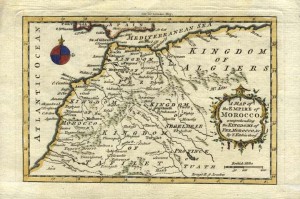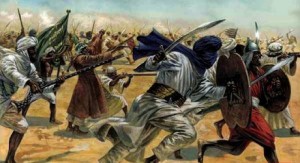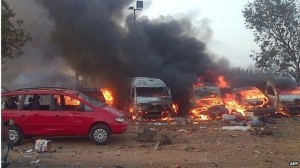Morocco, located in Northern Africa, is one of the prettiest and most desire vacation destination in Africa continent. Due to its diversity of the country’s geography, tourists could find almost all kind of activity in this beautiful place, from hiking on the snowy mountain to riding a camel in Sahara desert. The variety of many activities offers in Morocco makes the country’s economy hugely relies on tourism. Morocco is surrounded by two main water bodies; Atlantic Ocean on the west side and Mediterranean Sea on the north separating Morocco and Europe. It is bordered by Spain to the north, Algeria to the east, and Western Sahara to the south. Morocco is very special in geographical way in the way that it is one of the only three countries, apart from Spain and France, which has both surrounded by Atlantic Ocean and Mediterranean Sea. With various kind of the country’s geography, tourism is very popular in Morocco.
Main tourist in Morocco hugely center on the country’s coast, cultural area, and historic place. King Mohammed VI created and introduced the Plan Azur to Morocco’s tourist industry. The Plan Azur itself is supposedly made to internationalize Morocco and attract more of international visitors from Europe since Morocco is located in North Africa, the closet country to European continent. The major plan is to create five coastal resorts on the Atlantic coast and one on the Mediterranean in order to build in total of six coastal resorts for holiday-home owners and tourists. Other than building additional coastal resorts, the Plan Azur also involve many more large-scale development projects in Morocco such as renovating and modernizing local airports to attract more airline coming into the areas. In addition to renovating local airport, the plan also features building new train and road links.
Big tourist attractions in Morocco include the Atlas Mountains, Sand Dunes, Malabata Coast, Bou Inania Madrasa, Old Defense Walls of Essaouira, Swany Water Reserve, Ifrane, Kasbah, and Beaches. Attractions and interesting locations in Atlas Mountain area in Morocco is in the High Atlas region, which located in middle Morocco. Atlas Mountains have so many rivers and canyons along with breath-taking views of the mountains. The summit of the mountains usually cover with snow; making the mountain scene very beautiful and famous for hiking. Also at the bottom of the mountain, there is also a Kabash or a castle still in use, named Ait Benhaddou.
Erg Chebbi is one of Morocco’s two Saharan ergs, large seas of dunes formed by wind-blown sand. Famous location in Merzouga, the regional tourist center, is located near the edge of the dunes. Around the area of Merzouga, there are many companies offering camel riding tour, taking tourists on walks with camel for overnight trips deep into the desert. Camel riding is another activity, which attracts tourists into the desert area of Morocco; it is also another fun activity which all of family member could participate in. Another reason why Erg Chebbi is a desired destination for tourist because during the warmest time of the year, many Moroccans will come to Erg Chebbi to be buried neck-deep in the hot sand for a few minutes as a time. They believe that such action is a treatment of rheumatism.
Tangier is a major city in northern Morocco. Its location is on the North African coast at the western entrance to the Strait of Gibraltar where the Mediterranean Sea and the Atlantic Ocean meets off at Cape Spartel. Tangier is one of the locations that have been included in Plan Azur. The developing projects in Tangier include many new tourist projects along the bay, a modern business district in town, a renovated airport terminal, along with a new football stadium.













